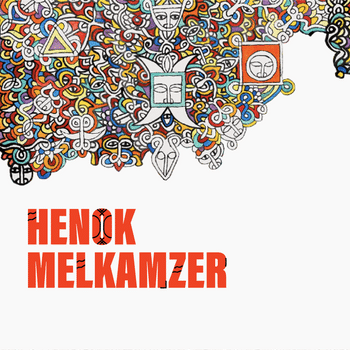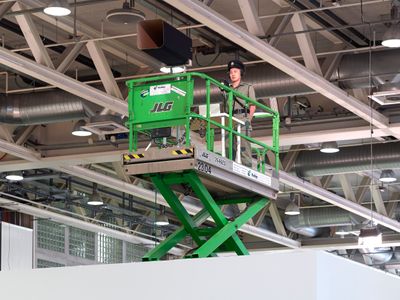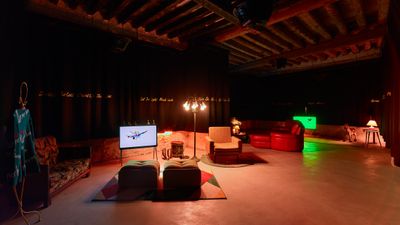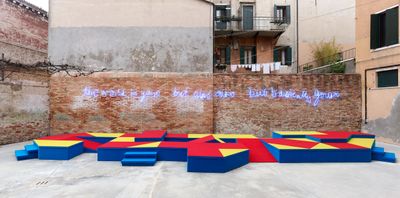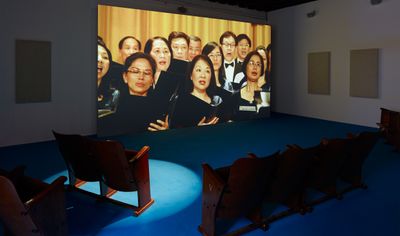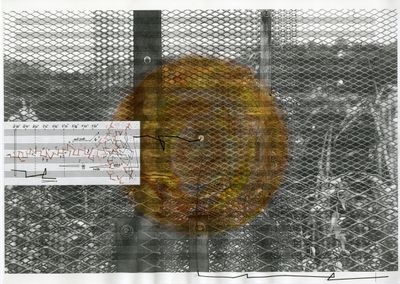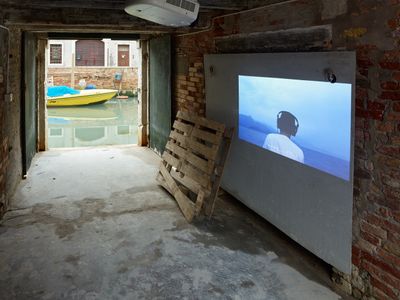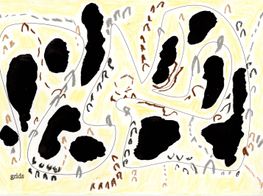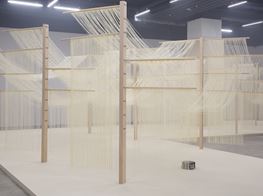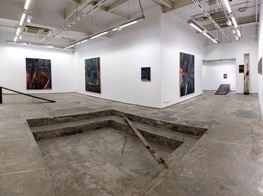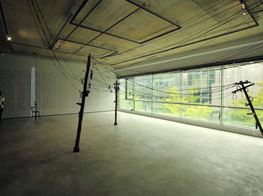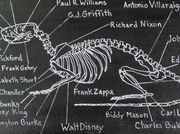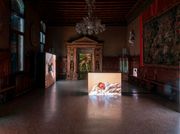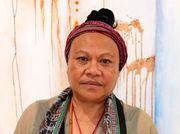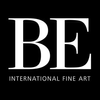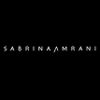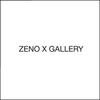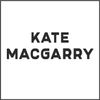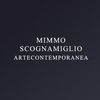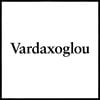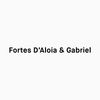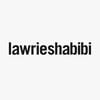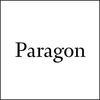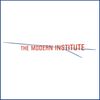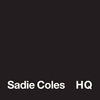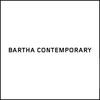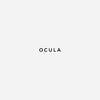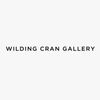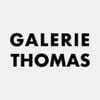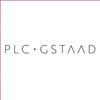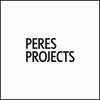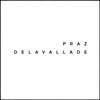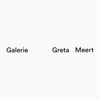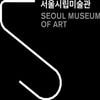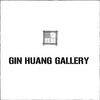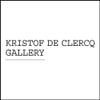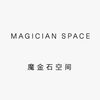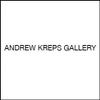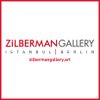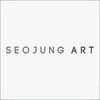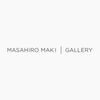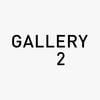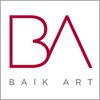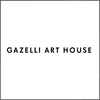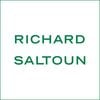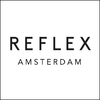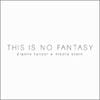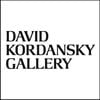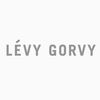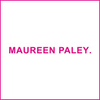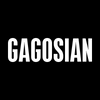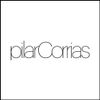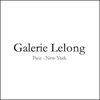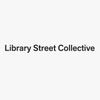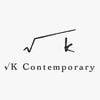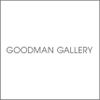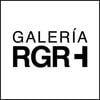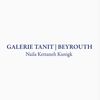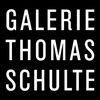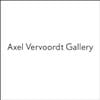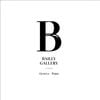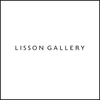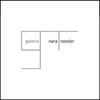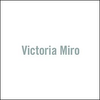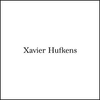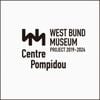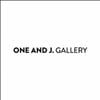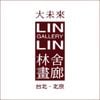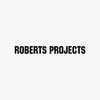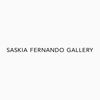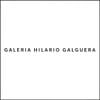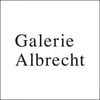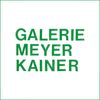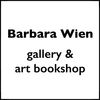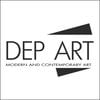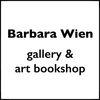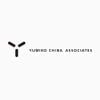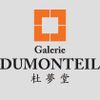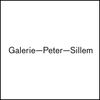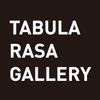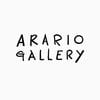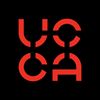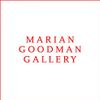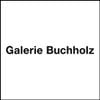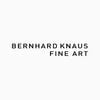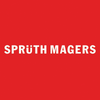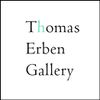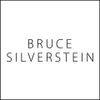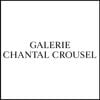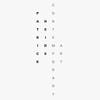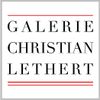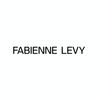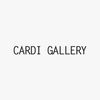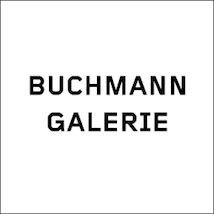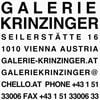Samson Young
Samson Young. Photo: Dennis Man Wing Leung.
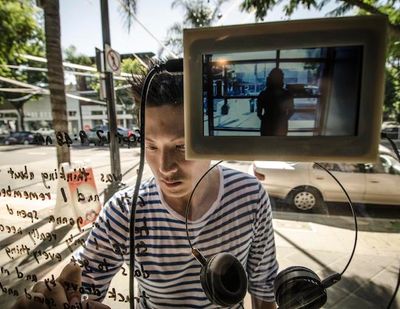
Samson Young. Photo: Dennis Man Wing Leung.
Since receiving his PhD in Music Composition at Princeton University in 2013, Samson Young has set up a Hong Kong-based practice predominantly focused on sonic works. These are presented in a wide range of formats including video, drawing, neon, books, and installation, and often involve Young performing in some capacity. For instance, Young presented Canon (2016) while perched high above the Unlimited section of Art Basel 2016. The performance, curated by Gianni Jetzer and co-organised through Galerie Gisela Capitain, Cologne, and Team Gallery, New York, had Young standing at attention dressed in a colonial-era Hong Kong police uniform while directing a Long Range Acoustic Device (LRAD) at the crowd beneath him. Given how LRADs are normally used by law enforcement to project the sound of birds calling in both song and distress to keep public areas from becoming too densely populated and thus unmanageable; Canon ostensibly tries doing the same in an effort to disperse the passersby-turned-listeners below.
While Young often creates aurally potent sites, he also travels to them. At times this allows others to participate as well, both physically as in the case of his sonic walks, or metaphorically like in For Whom the Bell Tolls: A Journey Into the Sonic History of Conflicts (2015–ongoing) resulting from his turn as the inaugural 2015 BMW Art Journey prize winner. Spanning 60 days and five continents, Young listened, researched, and recorded at different international locations to realise the first installment of his ongoing project aimed at building an archive of bells through sounds, drawings, objects, and related compositions.
Young once again incorporated sound as this year's Hong Kong representative at the 57th Venice Biennale, albeit through a different sonic register. In his multidisciplinary work, Songs for Disaster Relief (2017), Young contemplates paths to collective social consciousness by way of popular music, drawing parallels between the history of hit charity singles and the genre-defining era of 1980s Chinese Cantopop.
Young's work has otherwise been featured through exhibitions, projects, and programmes in Hong Kong at Asia Art Archive, Hong Kong Arts Centre, and Para Site among others, in recent international showings at documenta 14 in Athens, and in forthcoming solo exhibitions at Hong Kong's Edouard Malingue Gallery and Galerie Gisela Capitain in Cologne before Young's participation as part of the 21st Biennale of Sydney in 2018.
ICWhy is it important for you to perform in your work? Do you think this changes how people experience it?
SYSometimes. I think the presence of a performer is special and a musician especially takes command of the room. A lot of my work also has a durational element, so I hope what people perceive is also artistic labour.
ICYou also create works on paper. These are hand drawn, but also made using anything from pastels and highlighters to ink stamps and watercolours. They also frequently include text—usually through aphorisms that are surprisingly catchy given their roots in postcolonial theory—that come by way of musical notation and everyday aural references running the gamut from images of songbirds to rubbings of musical instruments. In short, you literally render 'music to the eye' as much as 'sound to the ear'. Is this how you envision them, as an alternate form of 'sheet music' to be read as accompanying visual representations of your audible work?
SYI think of them as transcriptions. The difference between a score and a transcription is that a score exists before any sound comes into being, whereas sound precedes its transcription. So to answer your question, I don't know if I'm making something just for the eye per se—I would say that it's alternate phonography.
ICConsidering the relationship between these audio and visual elements, and what you mention in terms of the timing of when these get created, what makes the drawings so vital to your work and working process then?
SYI like drawings and works on paper because they seem a little less removed from making musical manuscripts, which is a process that I am already familiar with as a composer. And it's easy to make on the road, especially since a lot of the sound transcriptions I create are a part of my field research.
ICSpeaking of where, when, and how your work gets made, we've discussed how your own family, and specifically your mother, has worked 'in radio' before; that is, at a company producing them in Hong Kong in the 1970s for distribution in America, and how many radios were stolen before eventually finding their way to parts unknown. This makes me think a lot about physical travel and the role of mobility, as well as the fact that you not only create sonic walks but have gone so far as to build roving vehicles to conduct field recordings and have even broadcast from them. Why has this familial and physical proximity to sound remained an important part of your creative process?
SYI like drawing family histories into my work. It makes things more personal, which is always nice, and it gives my parents an entry into my work, which is also satisfying. As for sound, it travels for sure but I don't deal with mobility specifically in my work. I work with sites, so the travel is more functional than anything as movement is often required to navigate these locales.
ICThere are also hand-written elements in your work. In thinking about them, and how your scores bear a similar logic to other forms of notation in particular; sheet music for one but also Chinese exercise books come to mind as these are also printed with set patterns found within their pages. Can you speak about your inclination to tackle difficult subjects through music but also its attendant visual and textual as well as other forms?
SYWell, that's just what happens in cross-modal translations. It's an abstraction. When one attempts to represent a sound with a body gesture, or associate a colour with the sense of touch, what winds up being translated are these really fundamental energies that are potentially universal. For example, things like scale, magnitude, intensity and timbre—but then what you lose is usually more culturally specific.
ICIn this case, how does this relate to the times when your sound source is site-specific? For example, in Liquid Borders (2012–14) that stems from a field recording at a disused military bunker or Pastoral Music (But It Is Entirely Hollow) (2015) where the sound is recorded on location at the China and Hong Kong border?
SYThe sources are site-specific for sure, but then the process of translation and of meditation is the veil that masks the source, so that these moments take on the quality of pure forms. Then it is up to me to decide whether to reveal to the audience the site and culture to which these moments refer.
ICDo you consider your work as sound art, part of a larger group of artists employing sound by way of a cross-disciplinary and often performative approach, or is it more aligned with your studies in music composition?
SYWhen I am making a work I think my references are much broader. I might be considering how Stockhausen treats multichannel sound, or about counterpoint as a metaphor for how different sound-emitting objects work with and against each other in space, or how Achille-Claude Debussy or Olivier Messiaen play with tone and harmony as colour, et cetera. Also, when I think of artists like Janet Cardiff, for example, I am considering the sculptural quality of the work and not necessarily the sound that they produce.
ICErnest Hemingway wrote, 'One who is deaf cannot hear music. Neither can he hear the radio. So he might say, never having heard them that such things do not exist.' Your 2015 BMW Art Journey commission is a direct reference to his classic 1940 book, For Whom the Bell Tolls, from which this quote is taken, as well as from 17th-century poet John Donne, who Hemingway cited as an influence. In your case, we know that the bells you follow do exist but change according to how you hear them. Also, how these resonate through a project you've qualified as 'a journey into the sonic history of conflicts'. As bells mark all kinds of occasions, including ones of celebration but also of dissonance, warning and remembrance, as well as those that may be individually heard but collectively understood, what attracted you to use these as a vehicle for the project? What do you hear when a bell rings now?
SYI landed on the topic of bells quite naturally from some of my other projects which were about weapons and explosions. I was thinking about how, before industrialisation, the only things that could make a sound that is louder than the sounds of natural phenomena would have been weapons and bells. Before machines, we had only these two classes of objects that could make loud noises. This deep connection between weapons and bells is common across cultures—it is the same for Europe, China, Japan, and all kinds of places. Each culture has its own use and form of bells. We have ritual bells in China. Bells in Buddhism are, of course, very important. In Europe, bells are used as a call to prayer. There are secular bells used to mark time. Bells also spread through missionaries and via conquest. In short, different cultures adopt bells for different purposes. In Buddhist temples, bells are rung one way, and the British invented another way to ring them. But the physical object of the bells retains a common form. They all look kind of the same. And that has to do with how acoustic science works. I find this to be very interesting.
The sound of a large bell, for me, is a kind of information overload. There are certain sounds that our ears cannot fully comprehend in the moment. An explosion is another example of a sound like that. If you get a recording of a bell and put it through the computer and look at its spectrogram, it has so many complex harmonics. It's just too complex for your ear; it can't help but drop information when you're listening in real time. So every time, you hear something different. That is fascinating to me because the sound of a bell lasts only for a split second, like the sound of an explosion. But, by listening repeatedly, you discover more. The other interesting thing about the sound of a bell is that in your mind, you can delay its reverberation—you imagine it goes on longer than it actually does. It's a perfect metaphor for the fact that something immensely physical is, in fact, psychological. It's kind of hallucinating if you think about it.
ICNow that you have installed your Venice Biennale commission, Songs for Disaster Relief (2017), can you share a little more about the project?
SYThe Venice project looks at the peak of the musical genre of charity singles. Not to make a mockery of them, but rather looking at what sort of cultural and historical circumstances made these songs possible. By the end of the 1980s and beginning of the 1990s, charity singles were no longer such a big thing in the US or the UK. Recently there have been remakes of both 'We Are the World' (2004) and 'Do They Know It's Christmas?' (1984). But to me, they sound strangely out of time. I am not talking about a kind of political incorrectness—there is that, too—but I think my discomfort has more to do with the genuine aspirations that these songs embodied on the one hand and the moral and ethical problems they present on the other. Charity singles took root in Hong Kong in a big way—their popularity lasted well into the new millennium. I think that here we are even less critical of these gestures; we tend to think of them as we do any other imported popular music genre.
ICHas anything changed from the original idea now that it has been installed?
SYThe project's form has undergone several evolutions but the idea has pretty much stayed the same throughout this process.
ICIn many ways, your various investigative strands appear to have culminated through the Venice commission. What are you thinking about now in terms of your current and future projects, such as the Centre for Chinese Contemporary Art in Manchester, or as you prepare for the Biennale of Sydney?
SYFor Manchester I am making a radio composition, which is super exciting for me. I'd danced around the idea of radio before in ways that are more conceptual, but I'd always wanted to make a 'proper' radio piece. The Manchester International Festival work was five consecutive evenings of live-to-air radio broadcast, which then got turned into an installation at the Centre for Chinese Contemporary Art. —[O]

